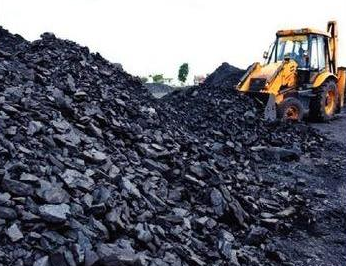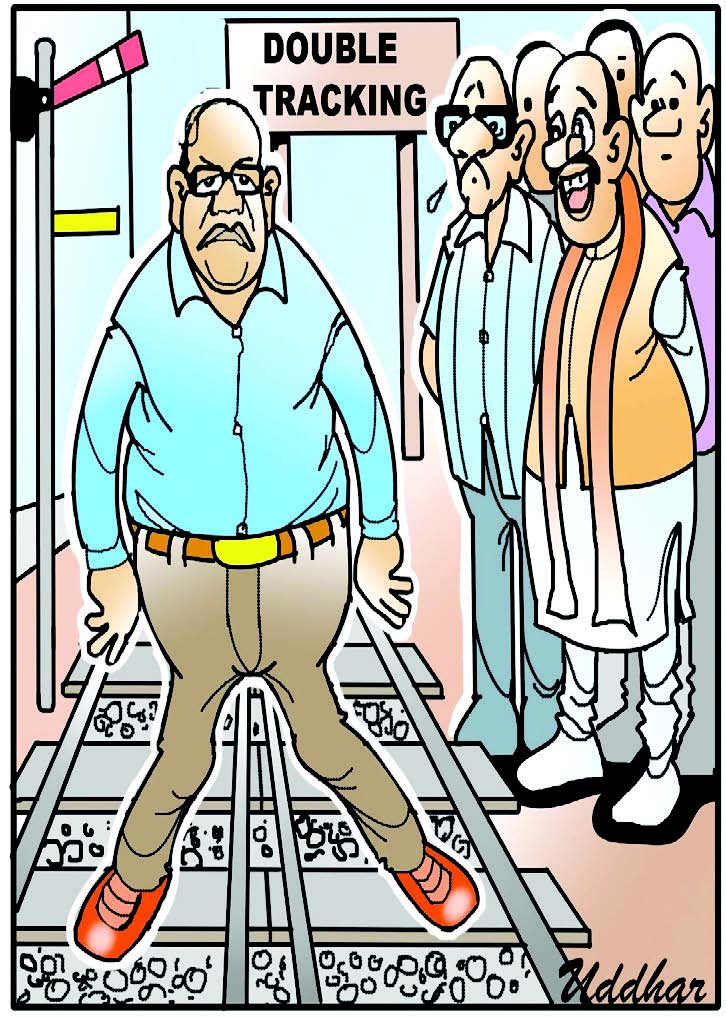
Blaise Costabir
Goa is under tremendous pressure from an environmental point of view. There is a three-pronged push, the expansion of roads, the double tracking of the rail line and the now well known Mollem power project. Whatever explanation you may give to justify these projects they all end up with one word “Coal”, the idea of development for future is not cutting much ice.
The epicentre of all three projects is, Marmagoa Port Trust (MPT). MPT earns revenue by handling cargo. The major source of revenue for MPT was iron ore export and the infrastructure was so designed. Very little or no investment was made considering alternatives, viz containers and cruise ships. Coal was being handled in a small way. With the ban on mining, the MPT found itself with no business and the most unimaginative way to stay afloat was to opt to make Goa, a coal hub. The purchase of the Carmicheal coal mine by Adani in Australia came as an opportunity for MPT.
With coal imports increasing, the issue is, moving it from the port as there is no space and nothing is consumed in Goa. We need trains to move it out, roads as all places are not covered by trains, and finally waterways, as part of the coal is unloaded at the mooring bouys into barges and then shipped to hinterland unloading jetties for onward transportation by road.
Where does Mollem power project come in? Currently diesel locomotives pull 68 rakes and with a double header it can increase to 136 rakes. Using electric engines, the capacity increases to 90 rakes and with a double header 180 rakes. At 2 MT per rake, you can do the maths.
In Goa, at present we need investment in distribution and not a new source. Solar power can be easily pushed as per national policy to offset the 5% annual increase in demand. The other aspect is that the Government makes rules and the least one would expect is that the Government follow the rules and not start a project without the necessary conditions being fulfilled.
The double tracking is a story by itself. The General Manager of the South Western Railway(SWR), choose to blame the British for the neglect of this line. He failed to say that SWR, headquartered in Hyderabad had no interest in this section. That was the reason they gave up their rights to the Konkan Railway Corporation(KRC). The railway safety board does not allow goods trains to park on the mainline. Since KRC will give preference to passenger trains, the goods trains (coal train) needs a loop line to park till the passenger train passes. While the land for double tracking is already acquired, currently they are pushing for more land for a loop line not considered in earlier plans. His, statement that it is in the interest of Goa and overall development, that it would be a game changer etc etc, is simply hogwash.
The houses beside the tracks are made of mud and the vibrations from the trains will demolish them. The wagons with tarpaulims will not be able to contain any dust given the speed, abroad such wagons have mechanical covers and unloading points are covered.
The roads are again being broadened so that the coal can be moved from MPT or from the satellite ports, post shipping by barges. Some of the broadened roads will benefit Goans and surely will cost some locals their land. If the ongoing road projects are any indication, thousands of trees are going to pay the price for giving free oxygen for no fault of theirs.
Whichever way you look at it all the three projects are closely connected to coal and to ensure that MPT survives. MPT should make an attempt to reimagine itself and be more aligned with the idea of Goa, a tourist friendly place with the possibility of green manufacturing. So, a good port for cruise liners will be more aligned with Goa and welcome. The other option is a logistics hub, ie Goa handles containers to and from all over the world. It will use road, rail and barrages with no major issues like coal pollution or need for loop line. Goa, has an airport seaport, Inland Container Depot, railway and barges to handle these containers as a multimodal options exist.
When it was found that less than 40 micron bags or straws are not good for the environment or that bars on higway are detrimental to life, what did the government do, it banned them. This put many people out of jobs and business closed. Why is MPT special, why does Goa have to suffer just so that MPT survives? Is it not the job of MPT to work on its own survival by choosing the right direction and not just an easy direction.
It is good that the youth who are driving this agitation along with other concerned citizens have got the ear of the administration. The CM has said that he is going to look at capping coal handling, he has surely heard the cries of the people. The Environment Minister has also said it can be stopped but needs time. However, his argument that Goa uses thermal power so no one should object, this is a fallacy. By that logic, Mumbai should be a coal hub not Goa. Many elected MLA’s have also decided to ask the Government to seriously reconsider coal handling.
Each and every citizen must voice his concern because the effects are long term and for everyone, not just those along the tracks or road. A green rather than black Goa is a cause worth fighting for. There is hope, that Goa as we know it can be saved.
(The author prefers to write rather than chat
in a balcao)
